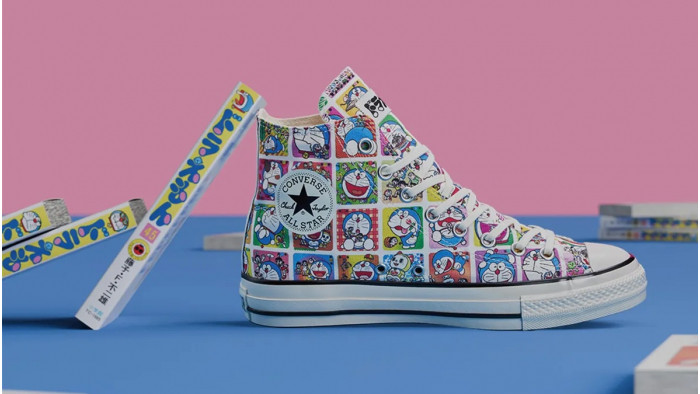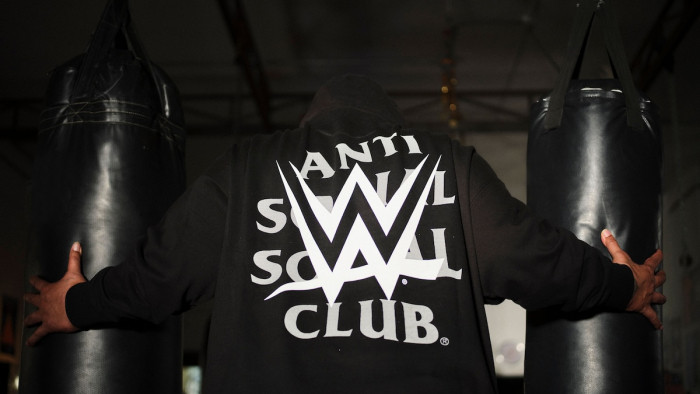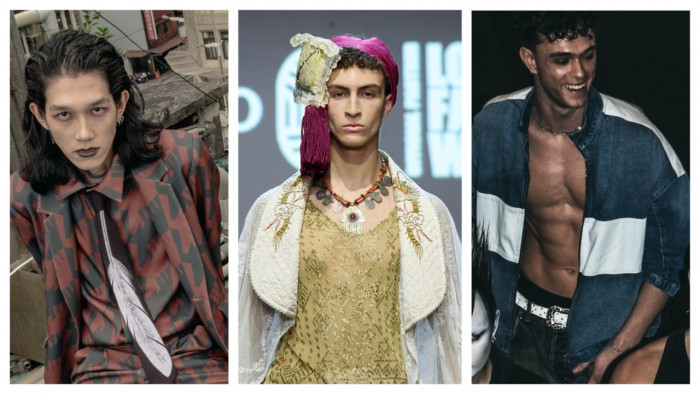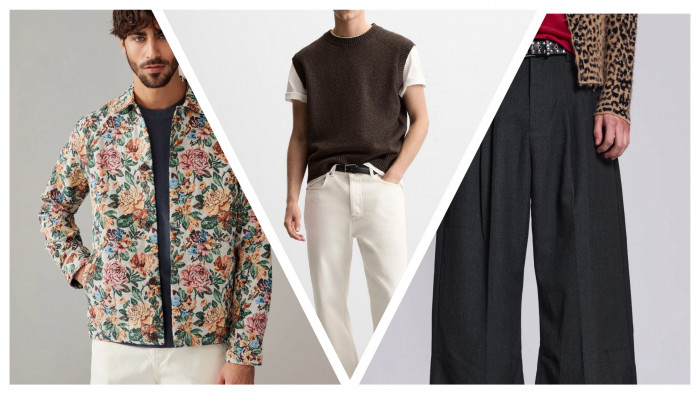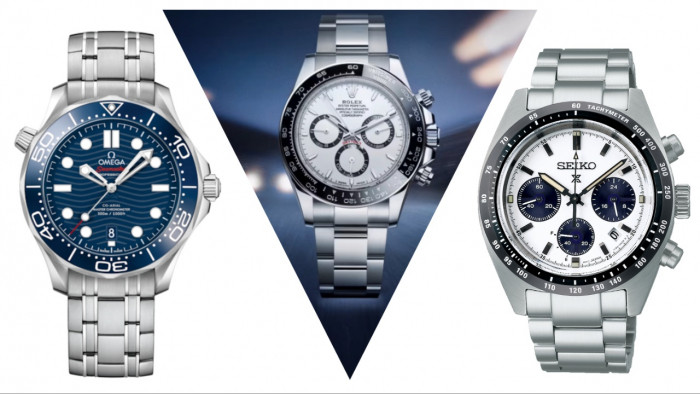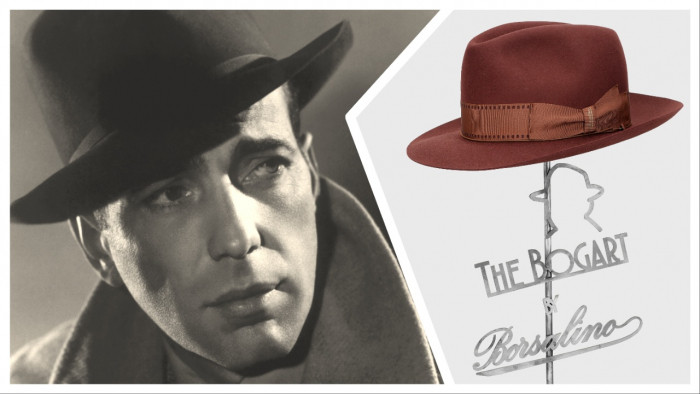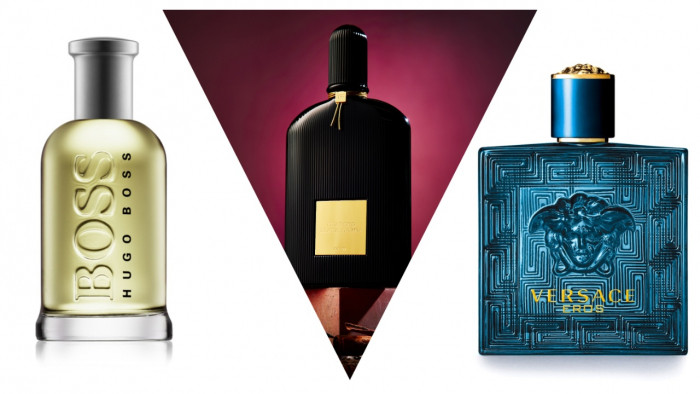If the catwalks of London Fashion Week are any indicator (there’s no question really — they are), this autumn’s big trend will be First World War military styles.
First up was McQ — Alexander McQueen’s junior line (pictured, right). With a new store opening on London’s Dover Street in late spring, this event worked to raise its profile. Its stellar collection of sharp tailoring included sweeping coats in traditional English fabrics, such as leather and shearling.
It was a look echoed by UK designer Lou Dalton (pictured, centre), who invented a ‘simple wartime love story’ to explain her collection, which involved a conscripted officer forced to adapt to rural civilian life having abandoned his post for a girl. It informed a mix of military cloths, rural cable knits, vintage checks, workwear cottons and quilt. Similarly to McQ, Dalton used another British classic — Dr Martens — to finish the look.
But it wasn’t all influenced by Lord Kitchener and trench foot. Another top-of-its-game collection was from Topman Design (pictured, left), the high-street chain’s trend-focused line. Inspired by photographer Robert Mapplethorpe’s snaps of a young Patti Smith, it had a rebellious attitude in heavy coats in rich textured fabrics, cinched at the waist with studded belts. These were worn with leather trousers (set to be a big trend) and silk shirts in Mapplethorpe’s iconic monochromatic lily prints.
Other shows of note included James Long, again proving he is the knitwear name to drop, and Oliver Spencer with his shrugged-fit take on menswear classics. But it was the military collections that made the biggest impact. Bayonets (obviously) not included.


